Fire-Resistant Construction Materials Worth Considering for Structural Renovations
Renovating a home often focuses on visual upgrades and modern conveniences, but safety features should carry equal importance. Fire safety is a vital factor that homeowners frequently overlook during renovations, yet choosing the right construction materials can significantly reduce risks. For those planning improvements, learning about fire-resistant materials can protect your property and family while also adding value to the structure. For this reason, working with a structural engineer is always recommended, especially with sources such as Homify listing all the benefits a structural engineer can bring to a project.
Concrete
Concrete is among the most reliable fire-resistant materials available. Its composition of cement, sand, gravel, and water provides inherent resistance to high temperatures. Unlike other materials that may release toxic gases or weaken quickly, concrete maintains its structural integrity even in extreme heat. This makes it an excellent choice for walls, foundations, and even countertops. Additionally, it requires little maintenance and offers long-term durability, making it practical and safe for renovation projects.
Brick

Brick has been used for centuries as a dependable fire barrier. Its dense structure can withstand significant heat, slowing the spread of flames through a building. Bricks do not combust and can contain fire within one section of a home, providing residents more time to react. Beyond safety, brick adds aesthetic charm that complements many architectural styles. Brick remains a versatile and time-tested option for renovation projects that aim for both beauty and protection.
Gypsum Board (Drywall)
Gypsum board, commonly called drywall, is another excellent fire-resistant choice. The mineral gypsum naturally contains water molecules that are released as steam when exposed to fire. This process helps slow down heat transfer. Fire-rated drywall is available for maximum protection, offering enhanced performance compared to standard panels. Often used in walls and ceilings, gypsum board is cost-effective and easy to install, making it a go-to solution for those upgrading their homes without excessive expense.
Fire-Rated Glass

While glass is typically vulnerable to breaking under high heat, fire-rated glass is engineered differently. It is treated or layered with materials that allow it to withstand flames and high temperatures for extended periods. This makes it suitable for windows, doors, and partitions where natural light is desired but safety cannot be compromised. Fire-rated glass can also improve the design appeal of a space while providing peace of mind. It’s a smart option for homeowners balancing modern aesthetics with critical safety features.
Steel
Steel, though capable of weakening when exposed to extreme heat for long durations, still offers significant fire resistance compared to wood and plastics. Steel can perform exceptionally well in fire conditions with the right protective coatings and insulation. It is widely used in framing, roofing, and support structures. Beyond its safety benefits, steel is known for its strength and longevity, making it a practical investment for any renovation project aiming for the utmost protection.
Choosing fire-resistant building materials during renovations is not just about complying with safety standards; it’s about creating a secure environment for those who live within the …






 If your garden features trimmed shrubs, defined edges, symmetrical layouts, and carefully chosen plants, it likely reflects a homeowner who values organization and detail. Structured gardens often complement traditional or modern homes, conveying a sense of discipline, elegance, and control. This kind of space suggests that the homeowner is attentive and takes pride in maintaining both the exterior and interior of their property.
If your garden features trimmed shrubs, defined edges, symmetrical layouts, and carefully chosen plants, it likely reflects a homeowner who values organization and detail. Structured gardens often complement traditional or modern homes, conveying a sense of discipline, elegance, and control. This kind of space suggests that the homeowner is attentive and takes pride in maintaining both the exterior and interior of their property.


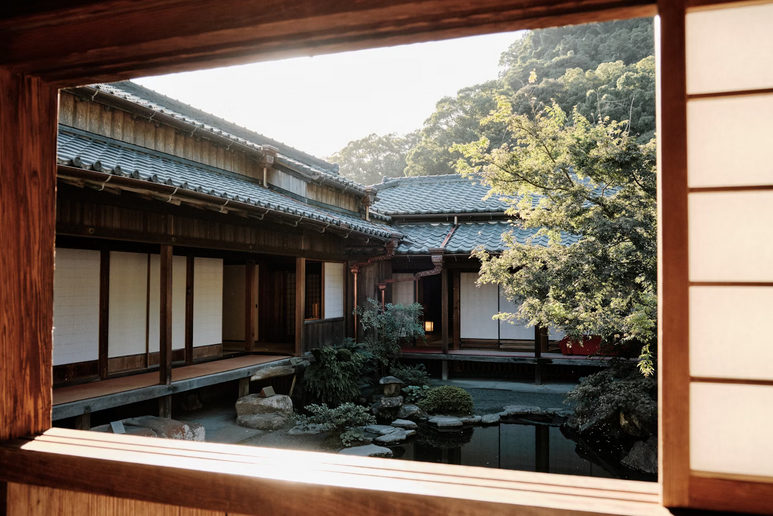




 When you own a home, you’re not just paying for a place to live – you’re investing in your future. One of the key benefits of homeownership is equity building. Equity is known to be the difference between the market value of your property and what you owe on your mortgage. As you make monthly mortgage payments, you gradually increase your ownership stake in your home. Over time, as property values appreciate and you continue to pay down your mortgage, your equity grows. This can provide financial stability and security for the long term.
When you own a home, you’re not just paying for a place to live – you’re investing in your future. One of the key benefits of homeownership is equity building. Equity is known to be the difference between the market value of your property and what you owe on your mortgage. As you make monthly mortgage payments, you gradually increase your ownership stake in your home. Over time, as property values appreciate and you continue to pay down your mortgage, your equity grows. This can provide financial stability and security for the long term.

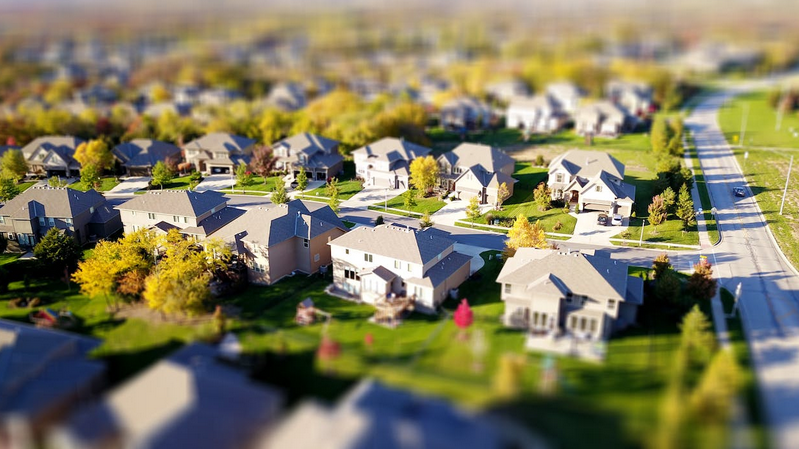





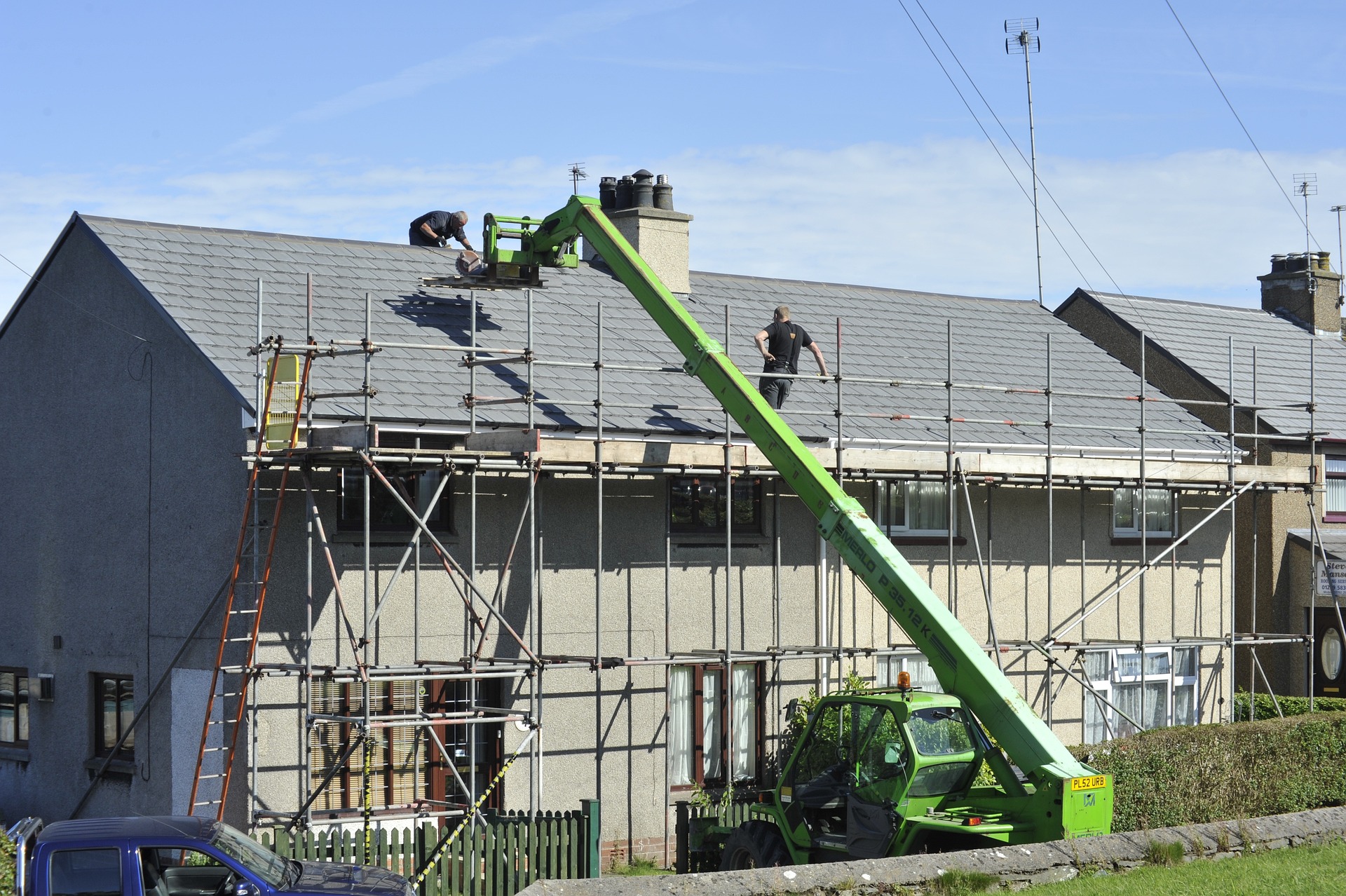





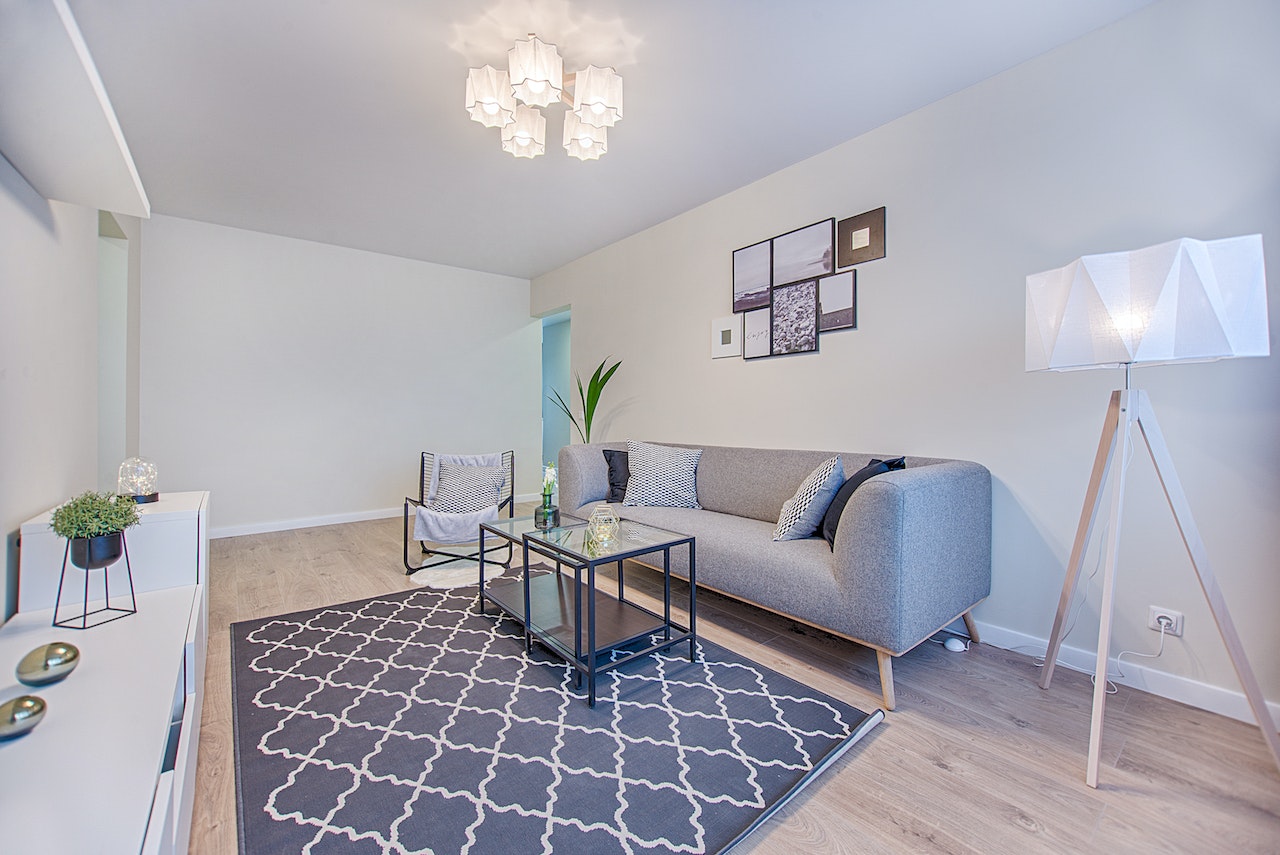
 One of the main reasons people choose to add a rug to their home is for extra comfort. Rugs are softer than most flooring options and can provide a much-needed cushioning layer. This is especially important in rooms where you will spend much time on the floor, such as the living room or bedroom. If you have hardwood floors or tile, a rug can make a world of difference in terms of comfort. Homeowners who have done this often say they wish they had done it sooner. Which is why rugs are such an essential piece in any room.
One of the main reasons people choose to add a rug to their home is for extra comfort. Rugs are softer than most flooring options and can provide a much-needed cushioning layer. This is especially important in rooms where you will spend much time on the floor, such as the living room or bedroom. If you have hardwood floors or tile, a rug can make a world of difference in terms of comfort. Homeowners who have done this often say they wish they had done it sooner. Which is why rugs are such an essential piece in any room. Lastly, rugs can help to reduce noise in your home. If you live in an apartment or have hardwood floors, you know how loud your home can be. Rugs can help to muffle sounds and make your home a more peaceful and quiet place. This is especially important if you have a baby in the house, as you want to create a peaceful environment for them to sleep in. Rugs can make a big difference in the overall noise level in your home and should not be overlooked. A rug can be a lifesaver if you are also working from home and have kids running around. So if you want to have a more peaceful home, consider adding a rug.
Lastly, rugs can help to reduce noise in your home. If you live in an apartment or have hardwood floors, you know how loud your home can be. Rugs can help to muffle sounds and make your home a more peaceful and quiet place. This is especially important if you have a baby in the house, as you want to create a peaceful environment for them to sleep in. Rugs can make a big difference in the overall noise level in your home and should not be overlooked. A rug can be a lifesaver if you are also working from home and have kids running around. So if you want to have a more peaceful home, consider adding a rug.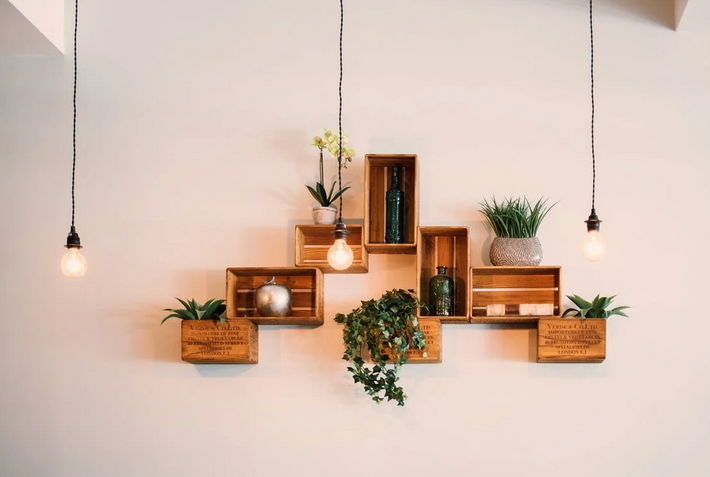
 We’ve all seen how a beautiful piece of art can make us feel. Whether it’s a stunning painting or an intricate sculpture, art has the power to touch our emotions and lift our spirits. It is because art is more than just aesthetically pleasing; it can also affect our moods and create a sense of calmness. In an increasingly hectic and fast-paced world, creating a relaxing and calming space is more important than ever. And what better way to do this than with art? You can create an oasis of peace and serenity by filling your home with beautiful pieces.
We’ve all seen how a beautiful piece of art can make us feel. Whether it’s a stunning painting or an intricate sculpture, art has the power to touch our emotions and lift our spirits. It is because art is more than just aesthetically pleasing; it can also affect our moods and create a sense of calmness. In an increasingly hectic and fast-paced world, creating a relaxing and calming space is more important than ever. And what better way to do this than with art? You can create an oasis of peace and serenity by filling your home with beautiful pieces. One of the best things about art is that it reflects the homeowner’s personality. By filling your home with pieces you love, you can create a unique space that expresses who you are. It is something that no amount of money can buy; it is a true expression of your individuality. And what could be more important than that?
One of the best things about art is that it reflects the homeowner’s personality. By filling your home with pieces you love, you can create a unique space that expresses who you are. It is something that no amount of money can buy; it is a true expression of your individuality. And what could be more important than that?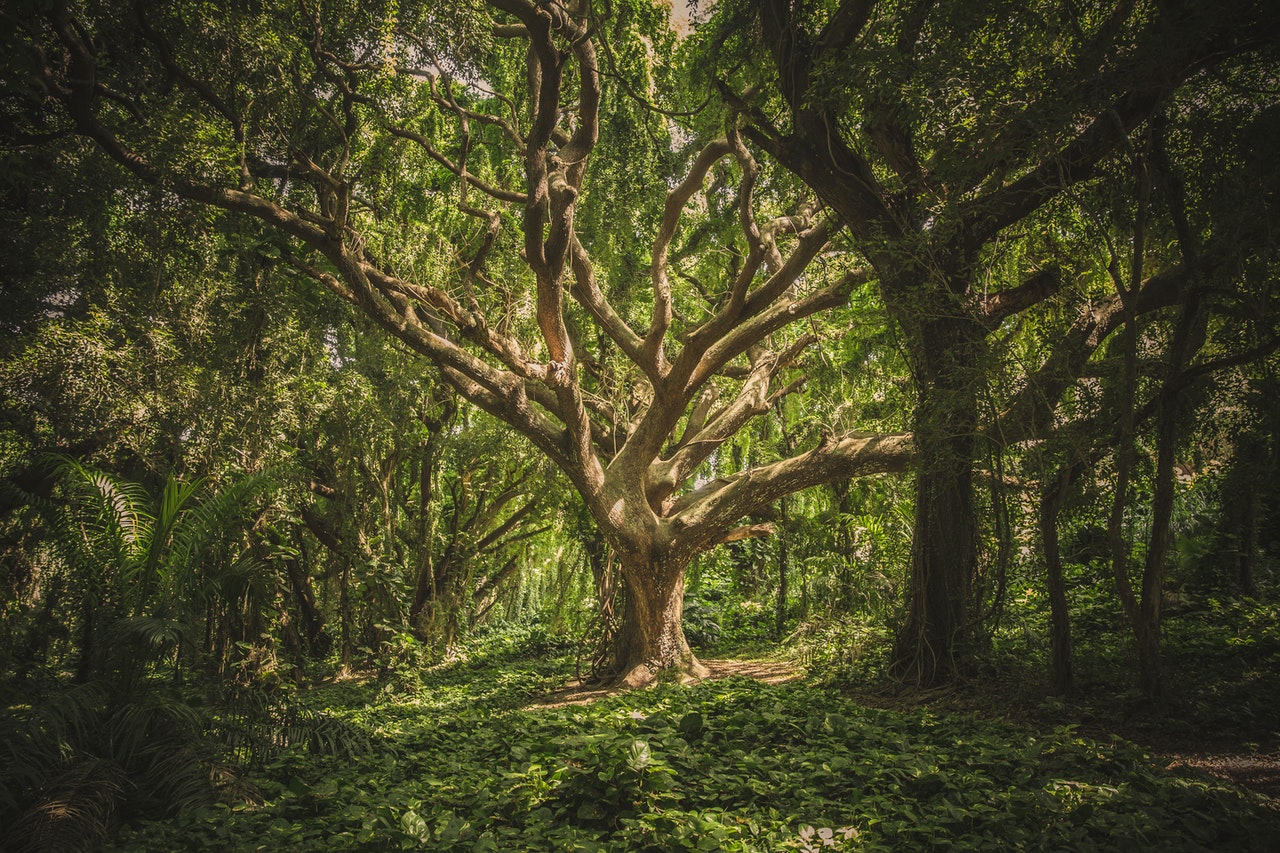

 In addition to their destressing qualities, trees also help to clean the air we breathe. Air pollution is a major problem in many cities around the world because they don’t have many trees to begin with, which is why many governments are urging the plantation of more trees in urban areas. Trees can absorb harmful pollutants and release oxygen into the air. In fact, one tree can produce enough oxygen for up to four people. Not only does this improve the air quality for us, but it also helps to reduce our carbon footprint.
In addition to their destressing qualities, trees also help to clean the air we breathe. Air pollution is a major problem in many cities around the world because they don’t have many trees to begin with, which is why many governments are urging the plantation of more trees in urban areas. Trees can absorb harmful pollutants and release oxygen into the air. In fact, one tree can produce enough oxygen for up to four people. Not only does this improve the air quality for us, but it also helps to reduce our carbon footprint. As we all know, climate change is a significant problem that needs to be addressed. Trees can help combat climate change in two ways: by absorbing carbon dioxide and by releasing oxygen into the atmosphere. Carbon dioxide is one of the leading greenhouse gases that contribute to climate change, so by absorbing it, trees are helping to reduce their levels in the atmosphere. At the same time, they’re releasing oxygen, which helps offset the carbon dioxide released into the atmosphere by cars and factories. In conclusion, nature has a lot to offer us – even in our own neighbourhoods.
As we all know, climate change is a significant problem that needs to be addressed. Trees can help combat climate change in two ways: by absorbing carbon dioxide and by releasing oxygen into the atmosphere. Carbon dioxide is one of the leading greenhouse gases that contribute to climate change, so by absorbing it, trees are helping to reduce their levels in the atmosphere. At the same time, they’re releasing oxygen, which helps offset the carbon dioxide released into the atmosphere by cars and factories. In conclusion, nature has a lot to offer us – even in our own neighbourhoods.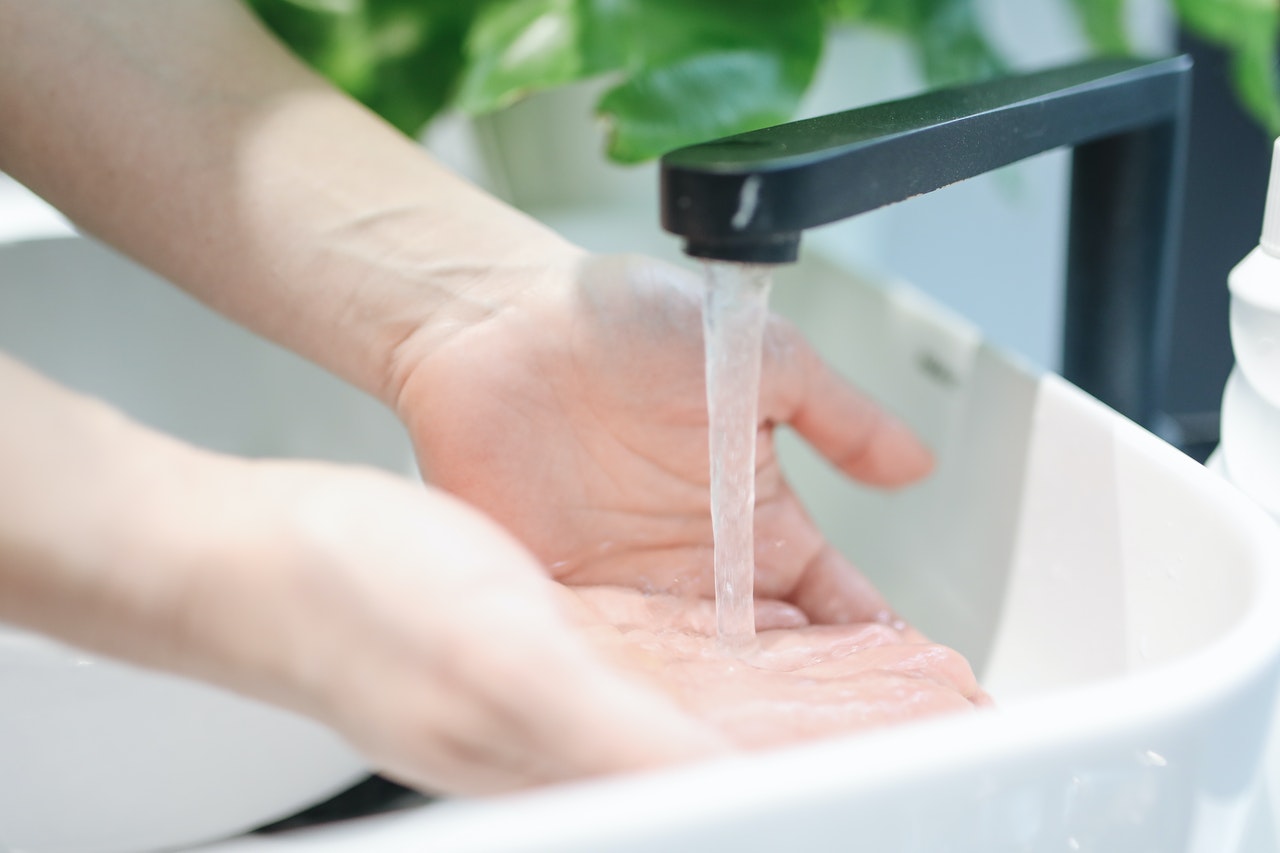
 Establishing a regular cleaning routine for your
Establishing a regular cleaning routine for your  If you live in an area with hard water, installing a softer water system is important. Hard water can damage your water filtration system and reduce its effectiveness. By installing a softer water system, you can protect your investment and ensure that your home water filtration system is working correctly. For instance, if you have a whole-house system, a water softener can help extend the life of your system by preventing scale buildup. By following these simple tips, you can maintain your home water filtration system and ensure that your family is always drinking clean, safe water.
If you live in an area with hard water, installing a softer water system is important. Hard water can damage your water filtration system and reduce its effectiveness. By installing a softer water system, you can protect your investment and ensure that your home water filtration system is working correctly. For instance, if you have a whole-house system, a water softener can help extend the life of your system by preventing scale buildup. By following these simple tips, you can maintain your home water filtration system and ensure that your family is always drinking clean, safe water.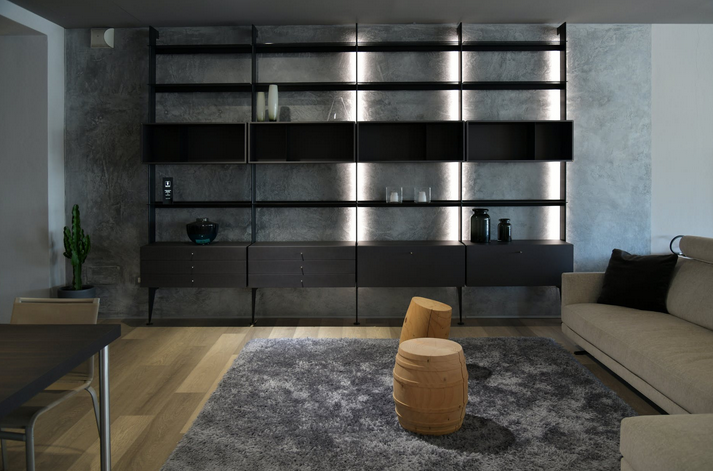
 Some folks like things the way they were rather than following current trends. If you’re one of those people, art deco is the perfect style for you because this timeless look combines classic elements with a modern twist, and it’s ideal for anyone who wants to make a statement without being too over-the-top.
Some folks like things the way they were rather than following current trends. If you’re one of those people, art deco is the perfect style for you because this timeless look combines classic elements with a modern twist, and it’s ideal for anyone who wants to make a statement without being too over-the-top. Mixed metallics are the way to go if you’re looking to add a little luxury to your home. This trend combines different metals for a chic and sophisticated look, and it’s perfect for anyone who wants to add a touch of glamour to their space.
Mixed metallics are the way to go if you’re looking to add a little luxury to your home. This trend combines different metals for a chic and sophisticated look, and it’s perfect for anyone who wants to add a touch of glamour to their space.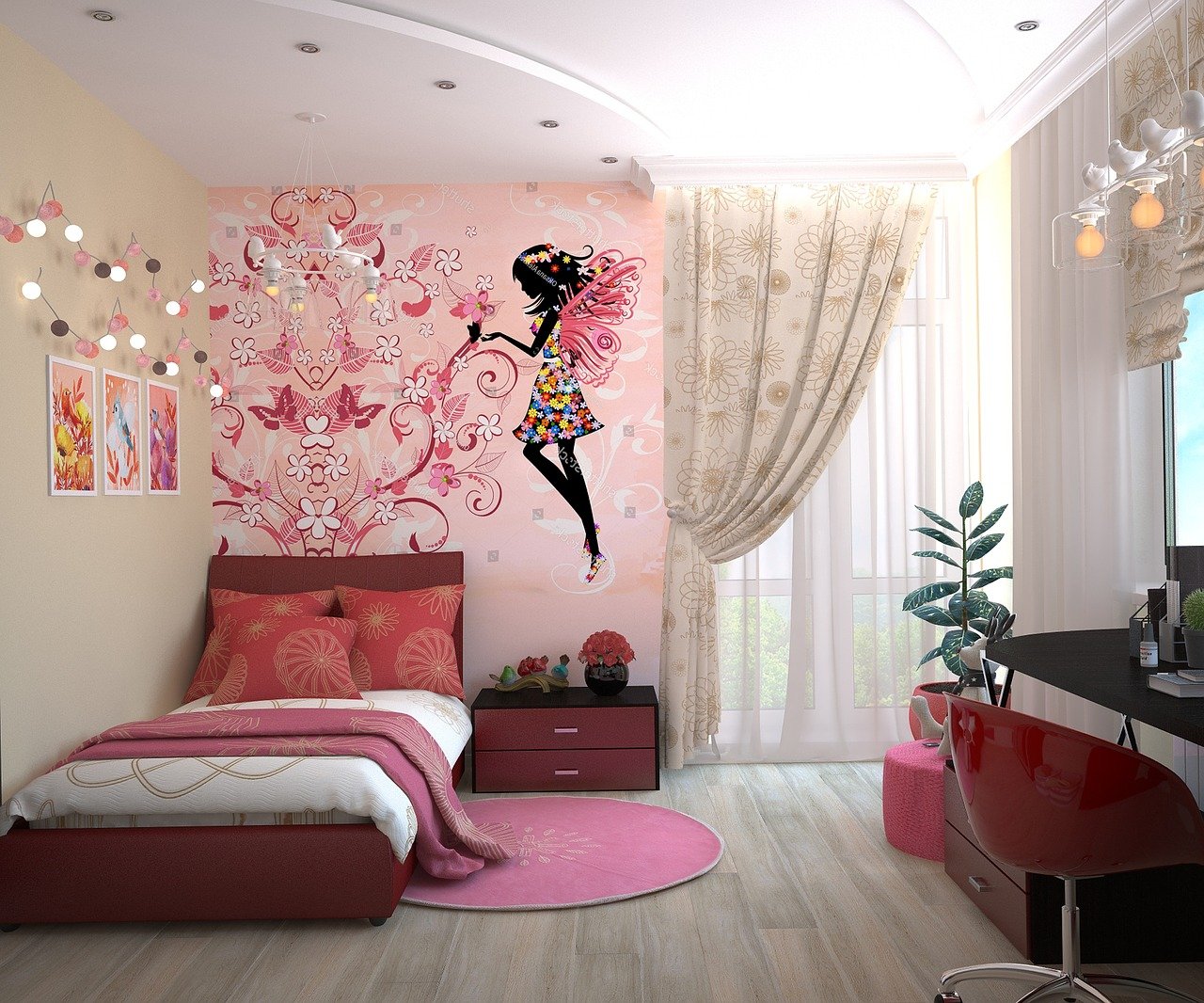
 Before you even start shopping for furniture, you need to measure the room and decide on a layout that will work well for both you and your child. Consider the amount of space you have and how much storage your child will need. You’ll also want to think about traffic patterns in the room and make sure there’s enough space for your child to play. The size of the bed is also essential, so be sure to measure and find a mattress that will fit comfortably in the room. Once you have a layout in mind, start shopping for furniture. Look for pieces that are both stylish and functional.
Before you even start shopping for furniture, you need to measure the room and decide on a layout that will work well for both you and your child. Consider the amount of space you have and how much storage your child will need. You’ll also want to think about traffic patterns in the room and make sure there’s enough space for your child to play. The size of the bed is also essential, so be sure to measure and find a mattress that will fit comfortably in the room. Once you have a layout in mind, start shopping for furniture. Look for pieces that are both stylish and functional. Since money may be tight when designing a child’s bedroom, it’s essential to shop around and find the best deals on furniture and accessories. Look for sales at your favorite stores or online retailers. If you have a specific theme in mind, like butterflies or pirates, search for themed furniture and accessories that fit your budget. You do not have to spend a lot of money to make the room look great. When designing your child’s room, you should consider what colors they prefer and how much money you want to spend. It would help if you also thought about furniture and the layout of their bedroom.…
Since money may be tight when designing a child’s bedroom, it’s essential to shop around and find the best deals on furniture and accessories. Look for sales at your favorite stores or online retailers. If you have a specific theme in mind, like butterflies or pirates, search for themed furniture and accessories that fit your budget. You do not have to spend a lot of money to make the room look great. When designing your child’s room, you should consider what colors they prefer and how much money you want to spend. It would help if you also thought about furniture and the layout of their bedroom.…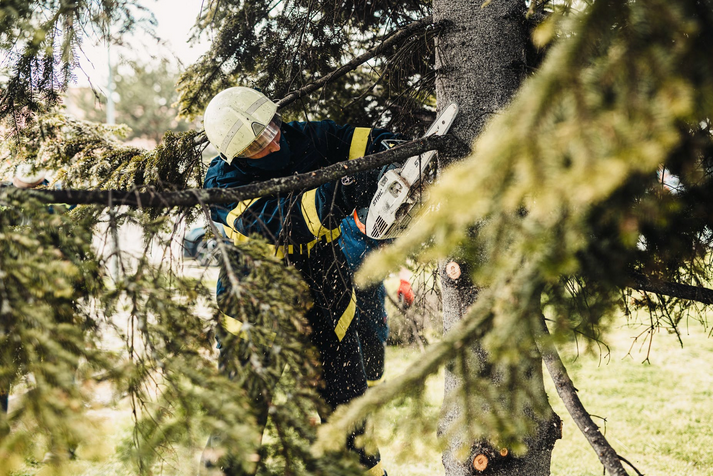
 This is why many people choose to hire a professional tree removal service rather than do it themselves. They can provide you with all of the benefits that come with removing trees, but they can also save you money and time in the process.
This is why many people choose to hire a professional tree removal service rather than do it themselves. They can provide you with all of the benefits that come with removing trees, but they can also save you money and time in the process. Another reason to hire a professional tree removal service is to protect your property from damage. If you try to remove the trees yourself, there is always a chance something could go wrong. You may not handle the job properly and end up causing more damage than you started with.
Another reason to hire a professional tree removal service is to protect your property from damage. If you try to remove the trees yourself, there is always a chance something could go wrong. You may not handle the job properly and end up causing more damage than you started with. Did you know that trees can attract pests? If you have a tree on your property infested with pests, it can quickly spread to your home. A professional tree removal service will take care of the problem for you and get rid of the pests once and for all. This is one of the many benefits you will receive when working with a reputable company. When done correctly, having trees removed can improve your property value. If you are looking to sell in the future, this is another reason why it’s essential to work with a professional tree removal service rather than do it yourself. They know how to remove the trees in a way that will make your property look its best. You don’t want potential buyers to see trees that need to be removed, so take care of the problem now and save yourself the hassle down the road.
Did you know that trees can attract pests? If you have a tree on your property infested with pests, it can quickly spread to your home. A professional tree removal service will take care of the problem for you and get rid of the pests once and for all. This is one of the many benefits you will receive when working with a reputable company. When done correctly, having trees removed can improve your property value. If you are looking to sell in the future, this is another reason why it’s essential to work with a professional tree removal service rather than do it yourself. They know how to remove the trees in a way that will make your property look its best. You don’t want potential buyers to see trees that need to be removed, so take care of the problem now and save yourself the hassle down the road.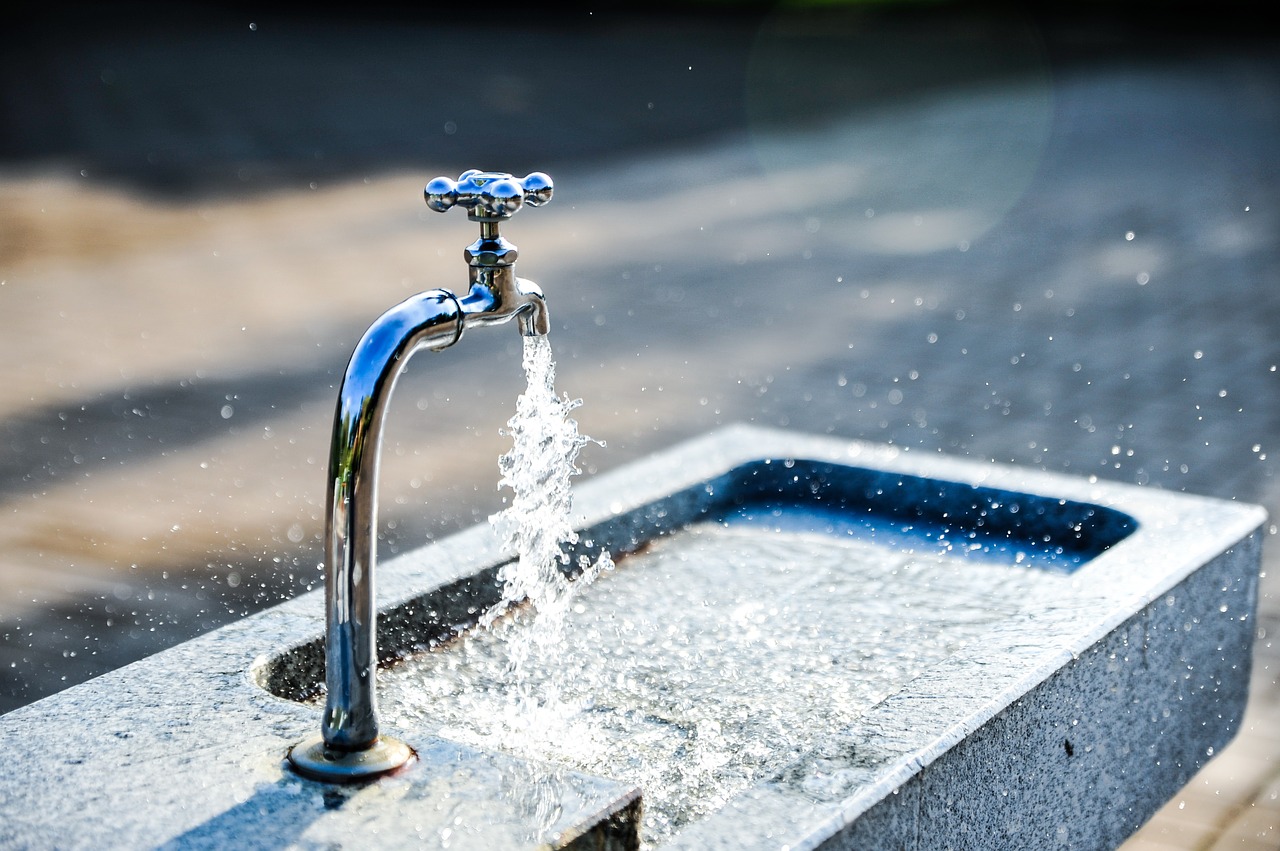

 One of the best ways to understand how a particular water filter performs is to read reviews from other consumers. It can give you a good sense of what to expect and might help you decide which system to buy. There are other ways to ensure you get the perfect home water filter for your needs. By following the tips above, you’ll be on your way to finding the perfect filter for you and your family. Hopefully, these tips will help you when shopping for a new home water filter. Keep in mind that every filter system is different, so make sure you research and find one that meets your specific needs.…
One of the best ways to understand how a particular water filter performs is to read reviews from other consumers. It can give you a good sense of what to expect and might help you decide which system to buy. There are other ways to ensure you get the perfect home water filter for your needs. By following the tips above, you’ll be on your way to finding the perfect filter for you and your family. Hopefully, these tips will help you when shopping for a new home water filter. Keep in mind that every filter system is different, so make sure you research and find one that meets your specific needs.…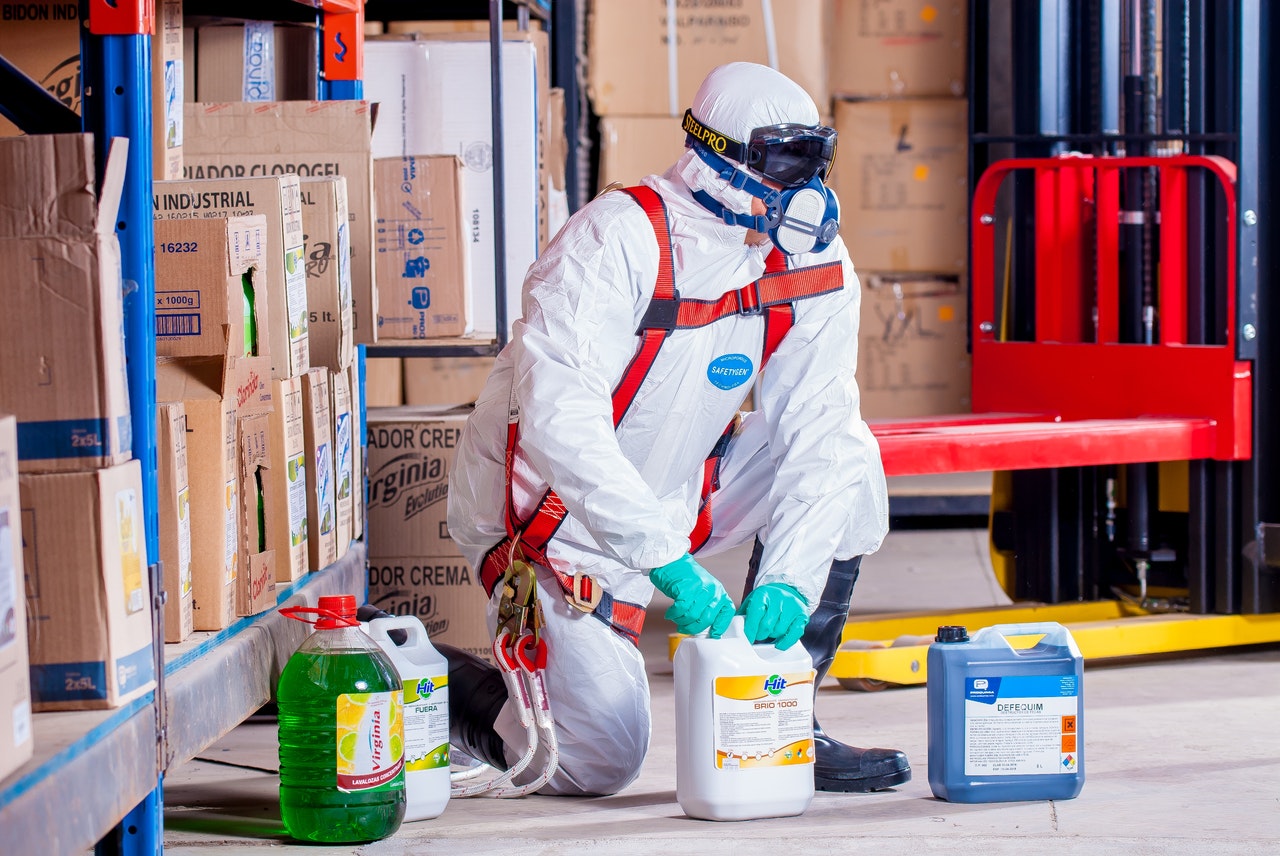
 Investing in equipment for
Investing in equipment for 
 Every job is unique, so it’s hard to give an exact quote over the phone. Ask the contractor to come on-site and discuss your job requirements with you. You will receive a written estimate and proposals tailored to your needs. This is very important to remember.
Every job is unique, so it’s hard to give an exact quote over the phone. Ask the contractor to come on-site and discuss your job requirements with you. You will receive a written estimate and proposals tailored to your needs. This is very important to remember.

 Do you have weeds in your yard and unpruned shrubs? You can control your landscaping to enhance the curb appeal of your home and improve it. You can be very creative when designing your landscape, especially if you have a large area. Plan your landscape before you start digging. Make a sketch and decide what kind of plants you want to have in your garden. To have a beautiful garden, you need to plan for both growth and maintenance. Tarps can be used as containers for garden waste such as tree and shrub clippings. To create a shady area in your garden, you can use tarps to make a shade tent.
Do you have weeds in your yard and unpruned shrubs? You can control your landscaping to enhance the curb appeal of your home and improve it. You can be very creative when designing your landscape, especially if you have a large area. Plan your landscape before you start digging. Make a sketch and decide what kind of plants you want to have in your garden. To have a beautiful garden, you need to plan for both growth and maintenance. Tarps can be used as containers for garden waste such as tree and shrub clippings. To create a shady area in your garden, you can use tarps to make a shade tent. Mold can be a problem in your home. Mold can make your home smell like a dungeon, and that’s a long way from a castle. Mold can cause allergic reactions and irritate your throat. Mold should be removed immediately if you notice unsightly streaks or black spots. Mold thrives in damp rooms, so it can grow in your home if there has been water damage. Air circulators are an …
Mold can be a problem in your home. Mold can make your home smell like a dungeon, and that’s a long way from a castle. Mold can cause allergic reactions and irritate your throat. Mold should be removed immediately if you notice unsightly streaks or black spots. Mold thrives in damp rooms, so it can grow in your home if there has been water damage. Air circulators are an …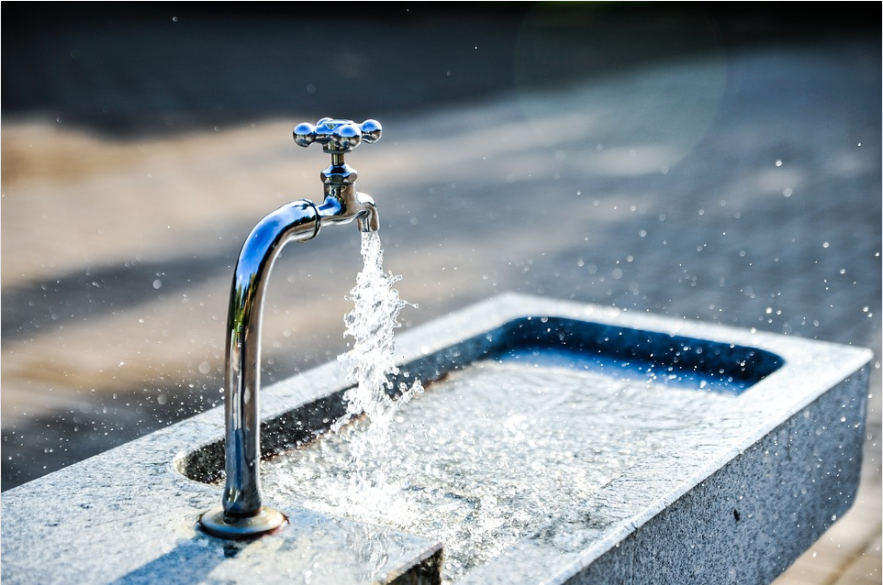
 You can see the concrete between your masonry softening from the outside. To avoid this, rake about 15 mm under the masonry. After scraping away the soft cement, clean the surface. Then fill the joints with a clean towel. Fill vertical or perpendicular joints first. Then fill the horizontal or bed joints. Finally, join the repaired area to the old masonry by repairing slightly above the affected areas. Water damage to the masonry should be repaired immediately. The bricks should be removed and replaced with the same masonry. A brick damaged on one side can usually be fixed on the other side. It can be removed in one piece and turned so that the undamaged side is visible. This way, it will fit better into the existing brickwork. Once you have removed all the non-functioning bricks, clean the space and insert a new joint.
You can see the concrete between your masonry softening from the outside. To avoid this, rake about 15 mm under the masonry. After scraping away the soft cement, clean the surface. Then fill the joints with a clean towel. Fill vertical or perpendicular joints first. Then fill the horizontal or bed joints. Finally, join the repaired area to the old masonry by repairing slightly above the affected areas. Water damage to the masonry should be repaired immediately. The bricks should be removed and replaced with the same masonry. A brick damaged on one side can usually be fixed on the other side. It can be removed in one piece and turned so that the undamaged side is visible. This way, it will fit better into the existing brickwork. Once you have removed all the non-functioning bricks, clean the space and insert a new joint. The most important joint in your
The most important joint in your  The kitchen is known to be full of water. If you are not careful, this room can suffer from water damage. The kitchen is an excellent example of what water damage can mean. There are many things you can do to prevent water damage. A backsplash behind the sink is one way to avoid problems with water. This prevents water from splashing on the wall behind the sink after the water is turned on. A splash guard can be purchased at most hardware shops and is usually very inexpensive. Splash guards are easy to install. They must be attached directly to the drywall with an adhesive. Others like to be creative and design their backsplashes with tiles or similar products. A backsplash prevents water from seeping into the plaster …
The kitchen is known to be full of water. If you are not careful, this room can suffer from water damage. The kitchen is an excellent example of what water damage can mean. There are many things you can do to prevent water damage. A backsplash behind the sink is one way to avoid problems with water. This prevents water from splashing on the wall behind the sink after the water is turned on. A splash guard can be purchased at most hardware shops and is usually very inexpensive. Splash guards are easy to install. They must be attached directly to the drywall with an adhesive. Others like to be creative and design their backsplashes with tiles or similar products. A backsplash prevents water from seeping into the plaster …
 The first thing to do is to research the provider works with all the perfect kinds of waste collection vehicles. In the case of vehicles used so that a person can take care of as many items as possible. Many companies in the UK use trailers and other large trucks. These are chemicals that are very useful because they can be able to make more things at the same time. It is also advisable to understand that the vehicles that a supplier uses are the ones that work together with the environment in your mind. This is a valuable thing because a beautiful set of cars will likely be the one that has the least emissions possible.
The first thing to do is to research the provider works with all the perfect kinds of waste collection vehicles. In the case of vehicles used so that a person can take care of as many items as possible. Many companies in the UK use trailers and other large trucks. These are chemicals that are very useful because they can be able to make more things at the same time. It is also advisable to understand that the vehicles that a supplier uses are the ones that work together with the environment in your mind. This is a valuable thing because a beautiful set of cars will likely be the one that has the least emissions possible. The last point to consider has to do with the response time that a company should have. An excellent junk removal company should be able to respond to your needs within twenty-five hours of the person’s initial contact with the company. On the other hand, it should be a company that is able to function directly if the contact requires a window of two hours or even less. This is to be sure that wonderful support can be utilized in a reasonable time. This is actually an excellent issue to look at to acquire a junk removal company. An excellent junk removal company can function to deal with the junk you have with the right vehicles and in all kinds of areas.…
The last point to consider has to do with the response time that a company should have. An excellent junk removal company should be able to respond to your needs within twenty-five hours of the person’s initial contact with the company. On the other hand, it should be a company that is able to function directly if the contact requires a window of two hours or even less. This is to be sure that wonderful support can be utilized in a reasonable time. This is actually an excellent issue to look at to acquire a junk removal company. An excellent junk removal company can function to deal with the junk you have with the right vehicles and in all kinds of areas.…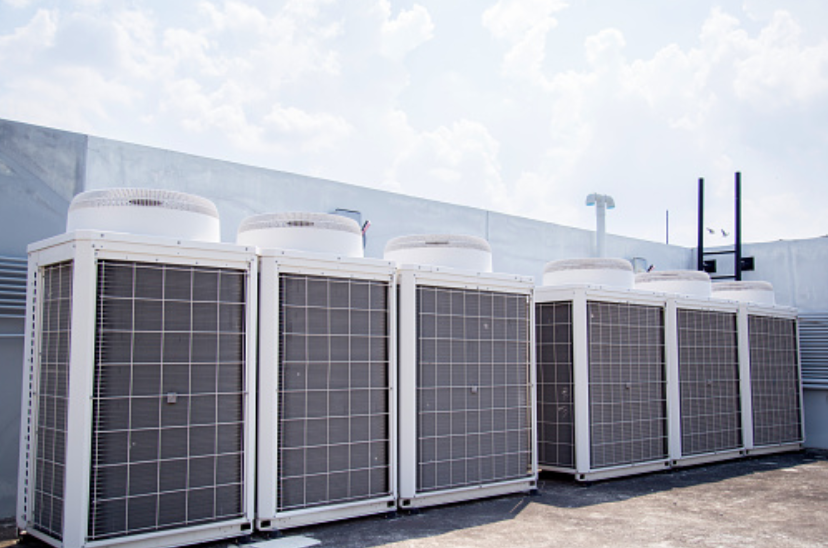

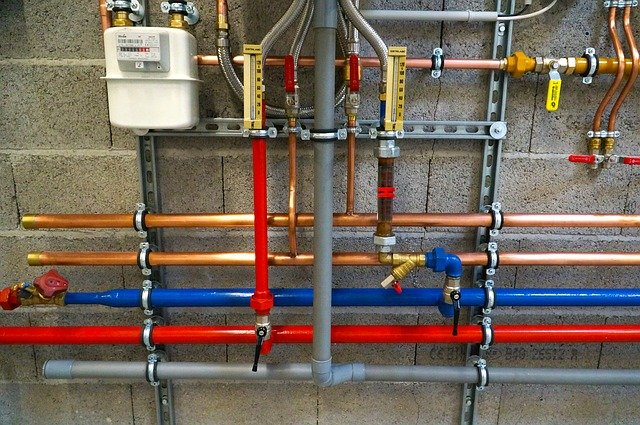
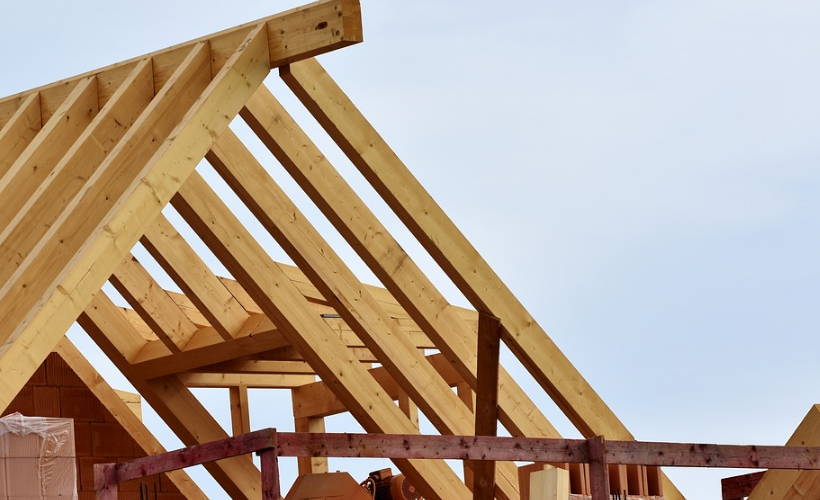

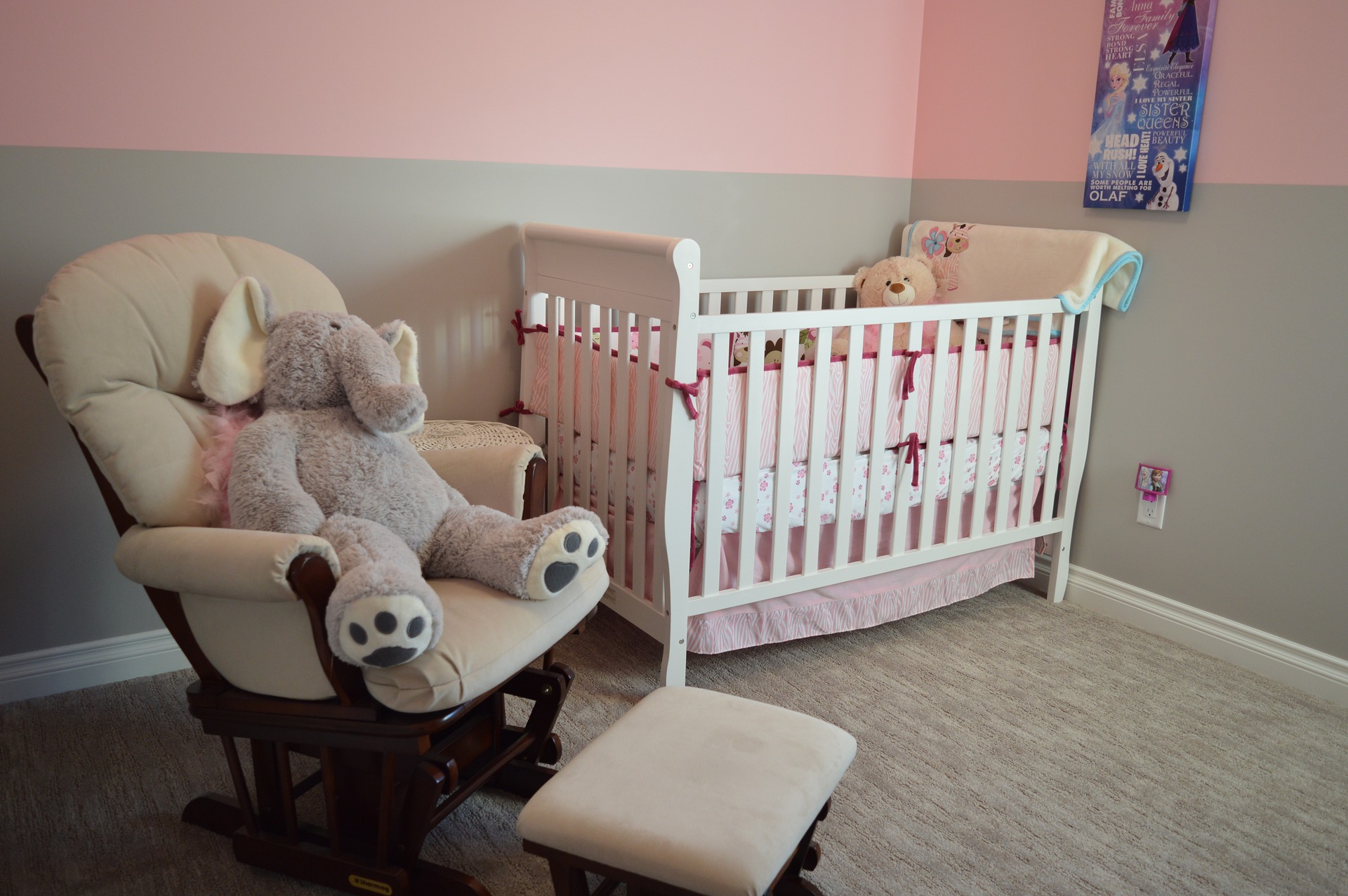
 Decide the total amount to invest and then divide exactly how much you need to spend on renovations, basic decorative elements such as paint, flooring, and window treatments. Then calculate how much you can spend on furniture and decorations such as wall stickers, carpets, and all those little details that make each child’s bedroom a characteristic and warm place for a child. Practice with your budget! This is one of the most important things that you need to determine. Some parents go overboard spending for the
Decide the total amount to invest and then divide exactly how much you need to spend on renovations, basic decorative elements such as paint, flooring, and window treatments. Then calculate how much you can spend on furniture and decorations such as wall stickers, carpets, and all those little details that make each child’s bedroom a characteristic and warm place for a child. Practice with your budget! This is one of the most important things that you need to determine. Some parents go overboard spending for the  After setting the budget, sit down with paper and pencil and choose exactly what you want to do with the kindergarten. If so, what color or impression? Will, you really use a particular motif or personality and how do you plan to use it in kindergarten? Will you use wall stickers, paintings, shelves, or DIY decorations on the walls? Write down every little detail you have planned for the kindergarten and create a program. The nursery decoration can take several months, depending on your choice. So, sit down together and plan a program to see if and how long it will take in each region to complete it and follow your program.…
After setting the budget, sit down with paper and pencil and choose exactly what you want to do with the kindergarten. If so, what color or impression? Will, you really use a particular motif or personality and how do you plan to use it in kindergarten? Will you use wall stickers, paintings, shelves, or DIY decorations on the walls? Write down every little detail you have planned for the kindergarten and create a program. The nursery decoration can take several months, depending on your choice. So, sit down together and plan a program to see if and how long it will take in each region to complete it and follow your program.…